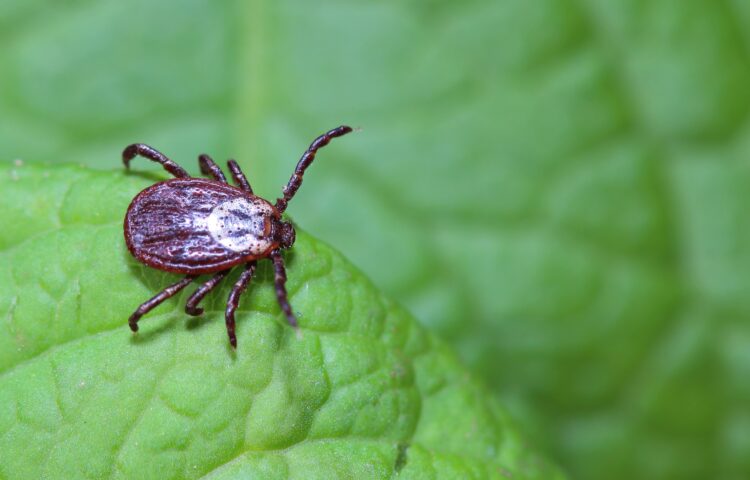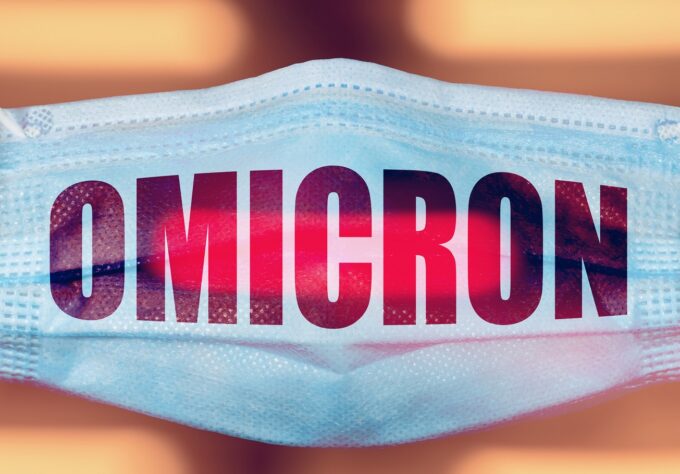An unfamiliar tick-borne virus is making headlines this spring. What is Powassan virus and how worried should we be?
Powassan virus is an extremely rare infection transmitted by a tick bite. Powassan can cause fever and vomiting, disorientation, seizures and brain inflammation and swelling.
How common is Powassan?
To say it is rare is an understatement. Since 2006, only 75 cases have been reported in the U.S., mostly in the Great Lakes region and New York State. One case was reported in Pennsylvania, three in New Jersey and none in Delaware or Maryland. The chances of contracting Powassan virus are about one in 50 million.
Is it new?
Powassan isn’t new. It was first reported in Canada in 1958. Recently, a toddler in Connecticut became ill with Powassan virus (the first case identified in that state). Reports were featured prominently in national media, raising awareness (and fear) of Powassan. In addition, many experts have predicted a big tick season this year due to a warm winter and other ecological factors. The Powassan case in Connecticut combined with the predictions of a surging year for ticks has raised concerns that this rare infection might become more widespread. Experts don’t think this will be the case, because in past years when ticks have been plentiful we have not seen an increase in cases of the virus.
What is the difference between Powassan virus and Lyme disease?
Although both illnesses are carried by the same species of tick, Lyme disease is caused by bacteria and is treatable with antibiotics. Powassan is a virus, for which there is no treatment other than fluids and rest. Lyme is much more common than Powassan; about 30,000 cases are reported each year.
How can you prevent Powassan?
Protect yourself and your children from tick bites. Areas near woods or meadows, with tall grasses and moist ground cover, are prime sites for ticks. If you live in or visit these areas, follow standard prevention advice: use repellant containing 10% to 30% DEET, wear long sleeves, tuck pants into socks or shoes, and don’t sit on the ground. Thoroughly examine the body after outings and remove any ticks you see. Here’s how to do it. If a child develops a rash, fever or other symptoms after a tick bite, notify your doctor.
When is tick season?
It is well underway! Tick season occurs during warm weather – late spring through mid-fall in the Northeast. The ticks are already out there, so be vigilant.



